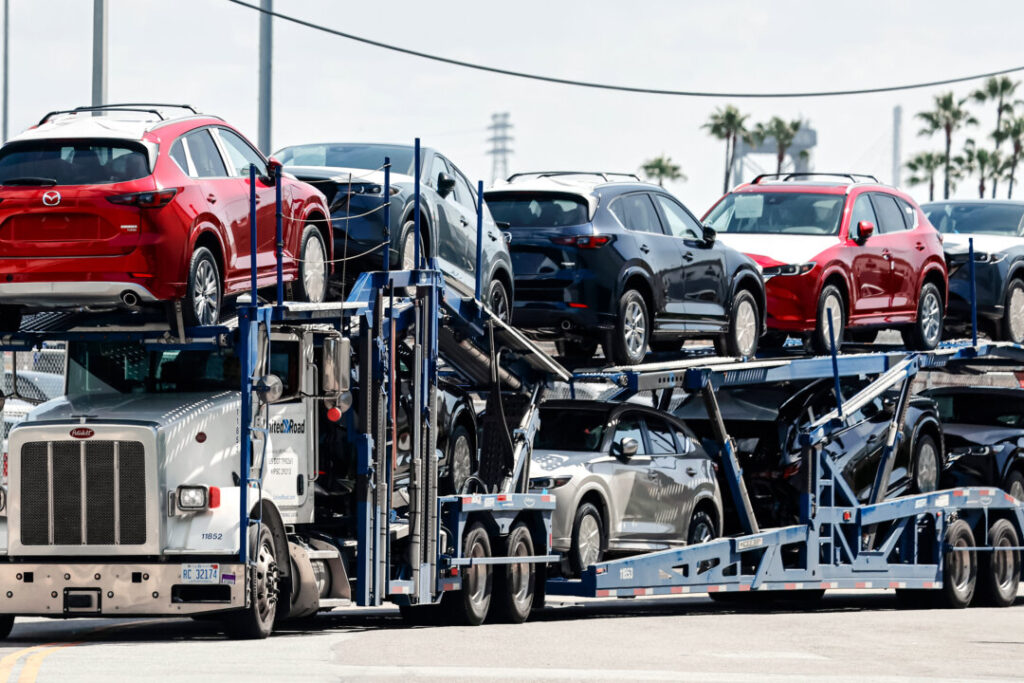The new role targets key vehicle components, but USMCA-compliant parts exemptions include exemptions to maintain the North American supply chain.
A 25% tariff on imported auto parts came into effect on May 3, citing an important step in President Donald Trump’s efforts to reduce dependence on foreign supply chains and boost employment in domestic manufacturing.
The new obligations granted under the March 26 declaration apply to major components used in passenger cars and light trucks, such as engines, transmissions and electrical systems.
Although tariffs affect imports from all countries, parts that meet the requirements of the US-Mexico-Canada Contract (USMCA) are exempt.
According to updated guidance issued Thursday by the US Customs and Border Protection (CBP), USMCA-compliant parts will not face new obligations unless they are part of a bulk component package for knockdown kits or assemblies.
Tariffs are part of a broader trade policy agenda, including previous obligations on imported vehicles and steel. However, the executive order signed by Trump on April 29th prohibits duplication of tariffs known as “stacking” on the same item. The order is intended to prevent compounding multiple tariffs and reduce the cost burden for US-operated manufacturers.
To further mitigate the impact on domestic producers, the administration has also announced “import adjustment offset.” The program, available to automakers implementing final vehicle assembly in the US, allows the program to reduce customs duties on imported parts based on total domestic production.
Specifically, manufacturers can offset 3.75% of the total manufacturer’s recommended retail price (MSRP) value of US assembled vehicles produced between April 3, 2025 and April 30, 2026, and 2.5% can offset 2.5% for those assembled the following year. Offset almost corresponds to imported parts that make up 15% of the vehicle’s value in the first year, and imported parts that make up 10% in the second year.
In the declaration, Trump said the revised tariff structure “more effectively eliminates national security threats” by accelerating the transition from foreign manufacturing and strengthening the US’s ability to produce critical automotive parts.
The White House fact sheet accompanying the declaration highlighted the scale of the challenge. In 2024, only 25% of the content on vehicles sold in the US were made in the USA. Eight million vehicles were assembled domestically, but the average content in the US hovered between 40-50%. The country also operated a trade deficit of $93.5 billion in auto parts.
The Trump administration says tariffs will ultimately stimulate the US automotive industry, but industry analysts have warned of short-term consequences, including rising prices and disruptions in supply.
Recent estimates from the Automotive Research Center predict tariffs could increase costs for U.S. automakers by $100 billion this year alone.
Stephanie Brinley, associate director of Auto Intelligence at S&P Global, warned that the most severe impact on production and sales is likely to emerge in 2026.
“Based on the past three months of activity and the latest trajectories of action around the world, tariff effects can have a major short-term impact on global sales and production, with the US and North America feeling the worst,” she wrote in the memo.
The full impact of auto parts tariffs may not be felt anytime soon, but the May 3rd rollout represents another milestone in Trump’s global trade policy reset.



